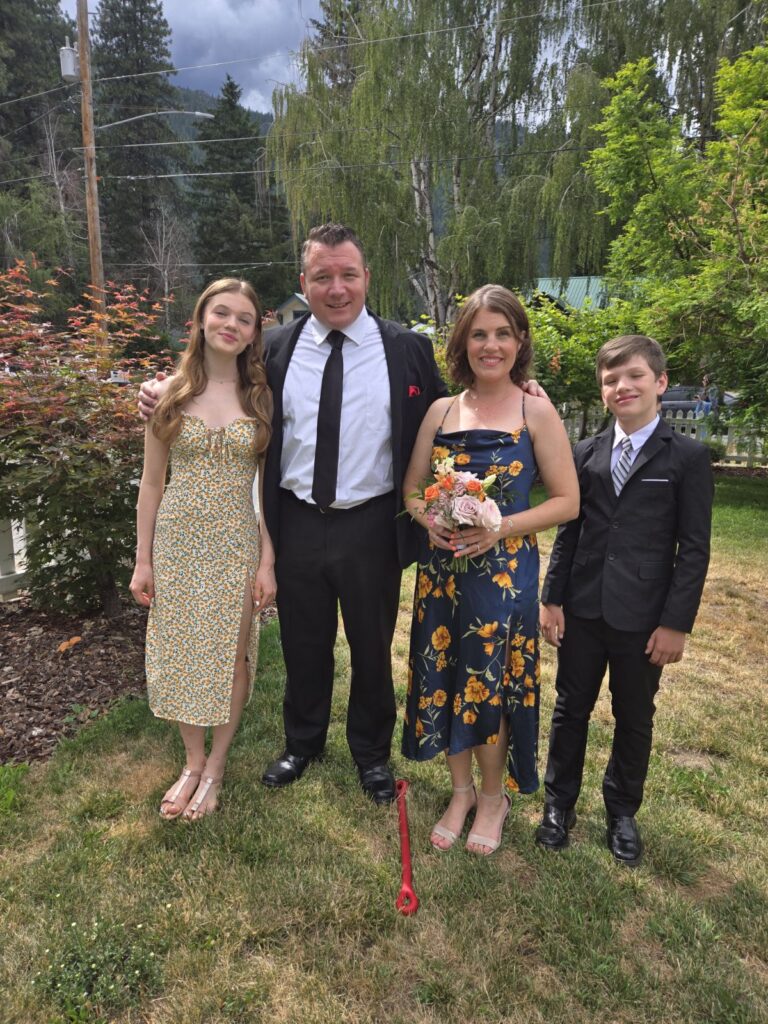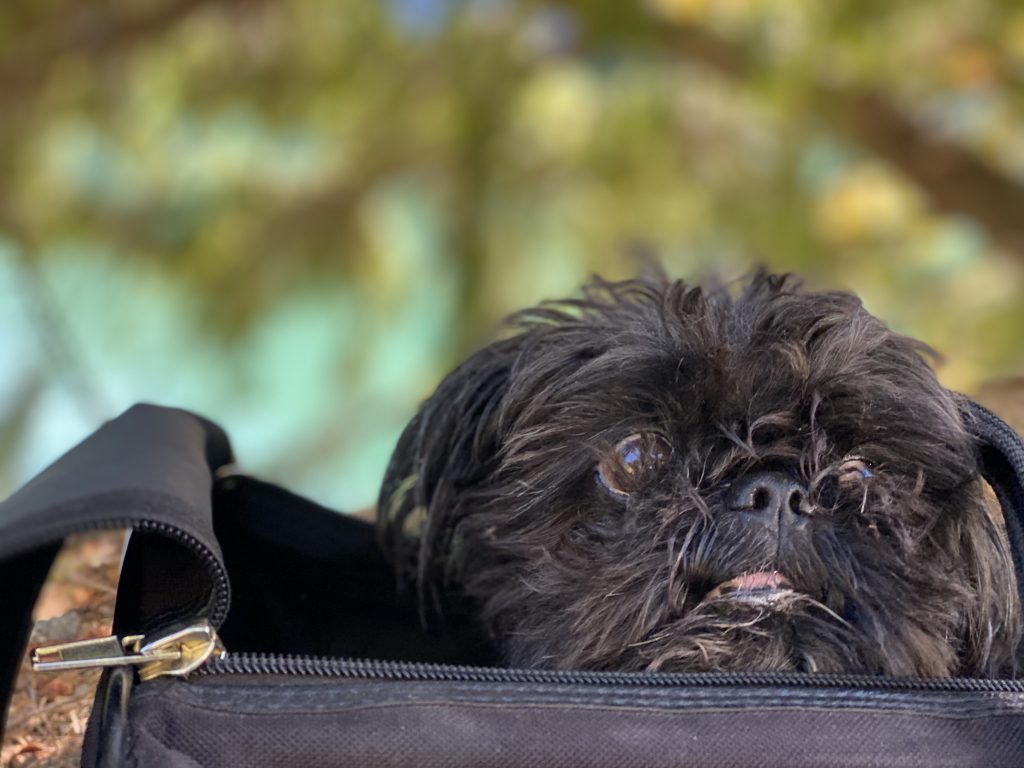
Grief sometimes feels like a taboo subject, especially in blindness circles. There is a valid concern that expressing grief about vision loss might further perpetuate the myth that being blind is sad or pitiful. I believe it’s important not to feed into this false narrative, and at the same time I cannot deny that grief is part of my story.
When you live with progressive vision loss, you learn a lot about loss and grief. When you’re also a clinical psychotherapist, you bring multiple lenses to this grief experience.
There’s my clinical lens, that knows the different frameworks and stages for understanding grief. This part of me holds multiple certifications in grief therapy and can assess how grief may be impacting a person’s functioning.
There’s the empathetic lens, that feels the deep heartache and offers compassion while I sit with people as they grieve the loss of a parent, a child, a close friend, an aspect of their life related to disability or illness, a beloved pet or an end to a relationship.
And then there’s the human being with lived experience of loss that cannot avoid the wide range of emotions that accompany loss. There’s nothing I can read in a book or learn in a training course that removes the reality of loss in my life. Yet there are ways I am learning to be present with my grief that support me in moving with and through the pain rather than avoiding or feeling stuck.
For me, this means being present with each new phase of loss, not dismissing or minimizing the impact of these changes in my life and finding trusted loved ones to walk this path with me. I find myself drawn to people who don’t try to fix or fade my pain, but rather join me in all the feels. I can sense pity, the near enemy of compassion, from miles away. So, I surround myself with those who meet me with connection, laughing with me when lightness is available and sharing in my tears when I need to release the pain of multiple layers of loss.
I have noticed a significant change in my vision over the last year. The once crisp central vision appears to have a cloudy tint and natural light, which was once my best friend, now adds a blinding effect. My annual visit with my retina specialist last month confirmed what I already knew to be true – my vision is declining at a more rapid rate than in previous years.
I’m grieving the primary loss of the vision, and then all the dominoes affects, which is aptly termed “secondary losses” in the grief therapy world. There’s a grief tool called “Inventory of Losses” that I’ve chosen to use to acknowledge all of these secondary losses. My list includes really simple things like no longer being able to hand write cards to loved ones – something I truly enjoyed. While the memories of favorite artwork and treasured photos are etched in my mind, I miss the vibrant colors and the level of visual detail that instantly brought me back in time. Of course I am fully aware that there are many tactile ways to appreciate art and meaningful non-visual ways to honor memories. I am grateful and curious about varied sensory experiences, AND I am sad that the visual way of connecting with the world around me is fading. Both are true at the same time.
Learning new ways of accessing the world requires time and effort to learn new tools. While there’s parts of learning these new skills that feel empowering and hopeful, adaptations do not simply erase the emotional pain. I am learning to make room for both the hope and the pain, not allowing one to overshadow the other. What does this look like in real life, you may wonder.
It depends on the day. It may look like allowing myself to feel the anger and despair on a Tuesday, but still showing up for Screen Reader training on a Wednesday. It may look like giving myself the grace and room to show up or skip a social gathering depending on my energy level, while being careful not to allow myself to fall into rigid patterns of forcing or avoiding being social.
It often feels messy and unpredictable to move through these decisions and emotions, and that’s how I know I am on a grief journey.
Grief is not a problem to be solved. It’s a normal part of the human experience that needs to be witnessed with empathy and compassion. This month, Doublevisionblog is creating space to honor the role grief plays in our stories. We welcome readers to find new ways of honoring losses, big and small, primary and secondary.
At the end of each blog post, we’re sharing excerpts and poetry from some of our favorite writings on grief.
“Imagine the feeling of relief that would flood our whole being if we knew that when we were in the grip of sorrow or illness, our village would respond to our need. This would not be out of pity, but out of a realization that every one of us will take our turn at being ill, and we will need one another. The indigenous thought is when one of us is ill, all of us are ill. Taking this thought a little further, we see that healing is a matter, in great part, of having our, connections to the community and the cosmos restored. This truth has been acknowledged in many studies. Our immune response is strengthened when we feel our connection with community. By regularly renewing the bonds of belonging, we support our ability to remain healthy and whole.”
― Francis Weller, The Wild Edge of Sorrow: Rituals of Renewal and the Sacred Work of Grief



